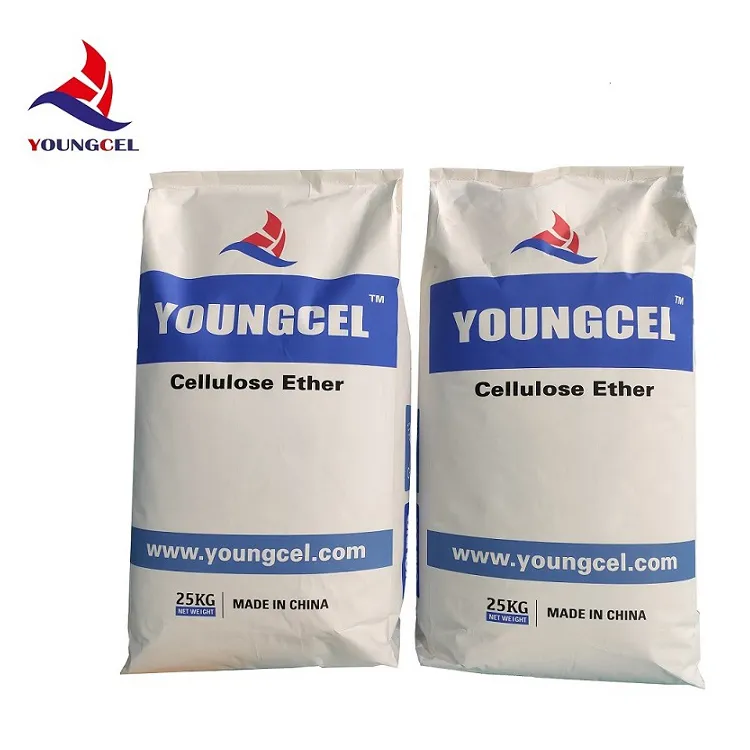Understanding Natrosol Thickeners Applications and Benefits
Natrosol, a brand of hydroxyethyl cellulose (HEC) thickeners, is widely recognized for its versatile applications across various industries, particularly in coatings, personal care products, and pharmaceuticals. These thickeners serve as essential additives that enhance consistency, stability, and overall performance in formulations. This article delves into the characteristics, applications, and benefits of Natrosol thickeners.
What is Natrosol?
Natrosol is produced by the etherification of cellulose, resulting in a non-ionic, water-soluble polymer. It is classified into various grades based on viscosity, which allows formulators to select the specific type that meets their requirements. The primary function of Natrosol is to increase the viscosity of solutions, providing a thicker and more stable medium for various applications.
Applications of Natrosol Thickeners
1. Cosmetics and Personal Care Natrosol is widely utilized in the cosmetic industry for products such as lotions, creams, shampoos, and gels. It imparts a desirable texture while enhancing the stability of emulsions. The thickening ability of Natrosol not only improves the sensory feel of formulations but also ensures that the active ingredients are evenly distributed throughout the product.
2. Paints and Coatings In the paint and coatings industry, Natrosol acts as a thickening agent that affects the flow and application properties of the product. It helps in suspending pigments, reducing dripping and running during application, and providing a smoother finish. Furthermore, it contributes to improved stability over time, ensuring that the paint maintains its uniformity and performance.
3. Food Industry Natrosol also finds applications in the food sector as a thickener and stabilizer in sauces, dressings, and dairy products. It enhances mouthfeel and viscosity without imparting any undesirable flavors or colors, making it a popular choice for food manufacturers aiming for cleaner labels.
4. Pharmaceuticals In the pharmaceutical industry, Natrosol is employed in various formulations, including topical creams and internal preparations. Its ability to provide controlled viscosity helps in achieving the desired release profiles of active pharmaceutical ingredients, ensuring efficacy and patient adherence.
natrosol thickeners

Benefits of Using Natrosol Thickeners
1. Versatility One of the most significant advantages of Natrosol thickeners is their versatility across multiple industries. They can be easily integrated into a wide range of formulations, making them indispensable for formulators.
2. Improved Stability Using Natrosol thickeners enhances the stability of emulsions. Their ability to maintain homogeneity prevents the separation of ingredients, thereby increasing the shelf-life of products and ensuring consistent performance.
3. Enhanced Sensory Experience In cosmetic and personal care formulations, textural properties play a crucial role in consumer satisfaction. Natrosol thickeners improve the viscosity and feel of products, thus enhancing the overall user experience.
4. Easy to Handle Natrosol is easy to incorporate into formulations, whether in powder or slurry form. It dissolves in cold or hot water, simplifying the manufacturing process. Additionally, its non-ionic nature minimizes compatibility issues with other ingredients.
5. Eco-Friendliness Being derived from natural cellulose, Natrosol thickeners are considered environmentally friendly. They contribute to the growing demand for sustainable and biodegradable ingredients in formulations.
Conclusion
Natrosol thickeners are invaluable assets in numerous industries, contributing to the performance, aesthetics, and stability of various products. With their versatility and beneficial properties, they serve as key ingredients that enhance the overall quality of formulations, making them essential for manufacturers committed to delivering high-quality products. Whether in cosmetics, coatings, food, or pharmaceuticals, Natrosol continues to play a vital role in product development and innovation.
-
The Application and Significance of Construction RdpNewsMay.19,2025
-
Industrial Grade HpmcNewsMay.19,2025
-
Building Coating Adhesive Building Coating Adhesive HpmcNewsMay.19,2025
-
Application Of Hpmc For Detergent For Detergent In DetergentsNewsMay.19,2025
-
Application Of Hpmc Cellulose In Cement-Based MaterialsNewsMay.19,2025
-
Application Of High Quality Hpmc For Construction In The Field Of ConstructionNewsMay.19,2025




